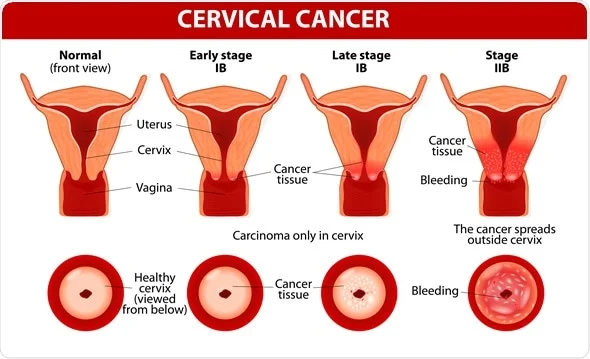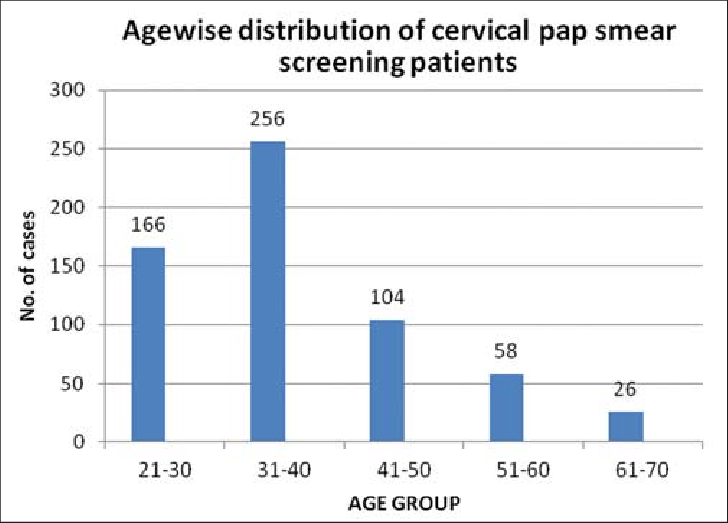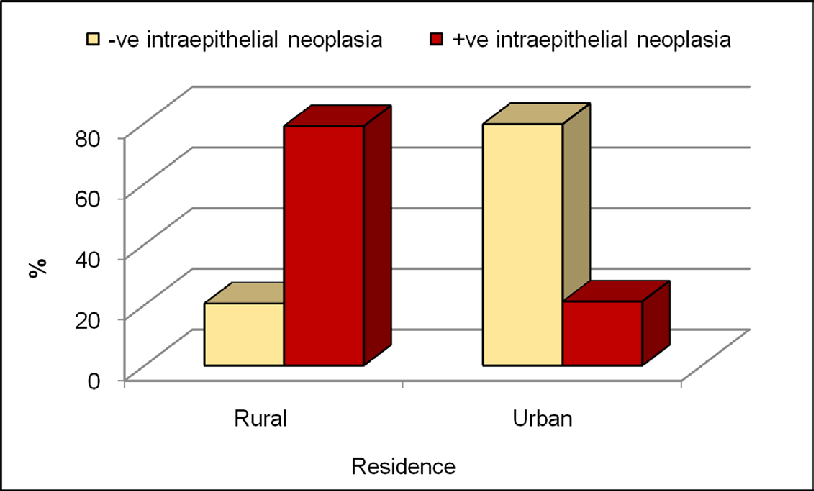Cervical Cancer
Human Development Foundation Bangladesh > Cervical Cancer

|
Pap's Smear Test
Pap smear is an important screening tool for the early detection of cervical cancer where a sample of cells
are taken from the cervix by a trained doctor or nurse, and examined under a microscope. The test detects cancer cell of the cervix. It is also useful in detecting other abnormal cells. The abnormal cells called cervical dysplasia. If it is left untreated, the cells could grow further and over time becomes cancerous. If women had regular Pap smear test, 90% of cervical cancer would be prevented.
Pap Smear screening program was launched in 2006 by HDF.


Marital status of Pap's Smear clients
In the study, most of clients within 25 � 34 yrs (27% 25 -29 yrs age and 24 % 30 � 34 yrs age) age are selected for Pap's smear test. Married women are significantly received more than unmarried and divorced women due to more married women are examined for MR and other reproductive health services than unmarried or divorced women. The women who have four or more children are identified for pap's smear screening test than the women who have one, two or three children.
Pap's Smear results of the clients
| Pap results | Number | Percentage |
|---|---|---|
| No Inflammation | 1195 | 4.6 |
| Reactive Cellular Change | ||
| Mild Inflammation | 10166 | 39.3 |
| Moderate Inflammation | 8950 | 34.6 |
| Severe Inflammation | 5126 | 19.8 |
| Abnormal (atypical) cells | 364 | 1.4 |
| Positive for Malignancy | 29 | .1 |
| Radiation induced change | 4 | .0 |
| Vault Smear | 5 | .0 |
| Total | 25839 | 100.0 |
